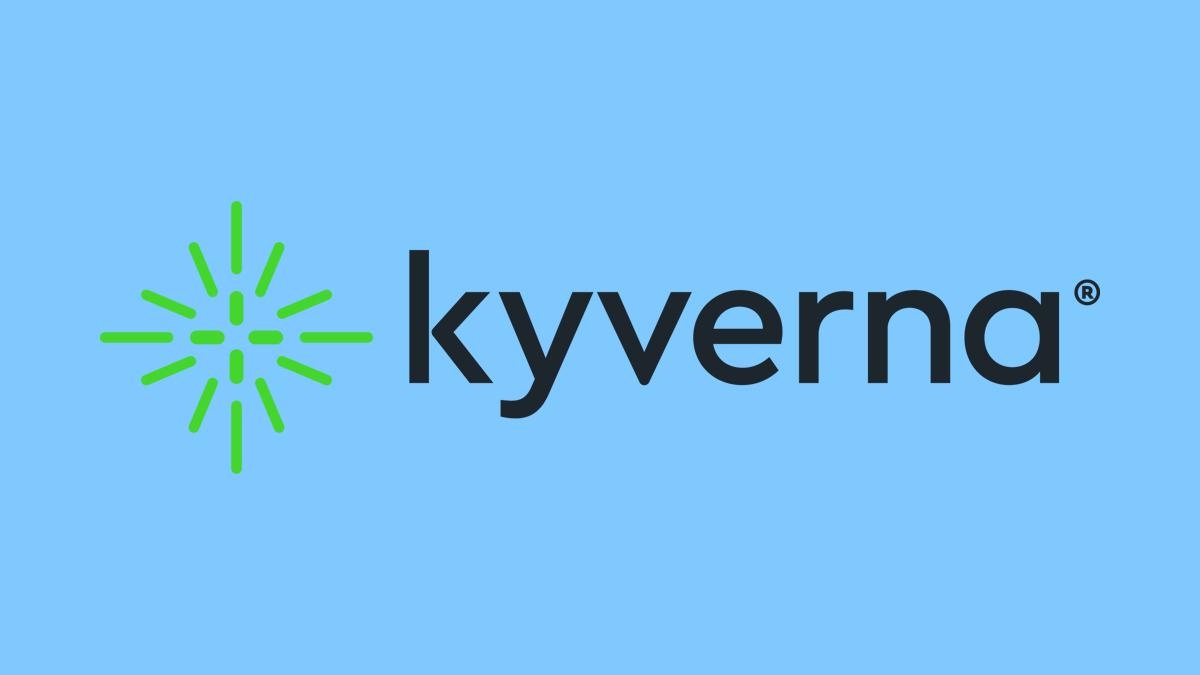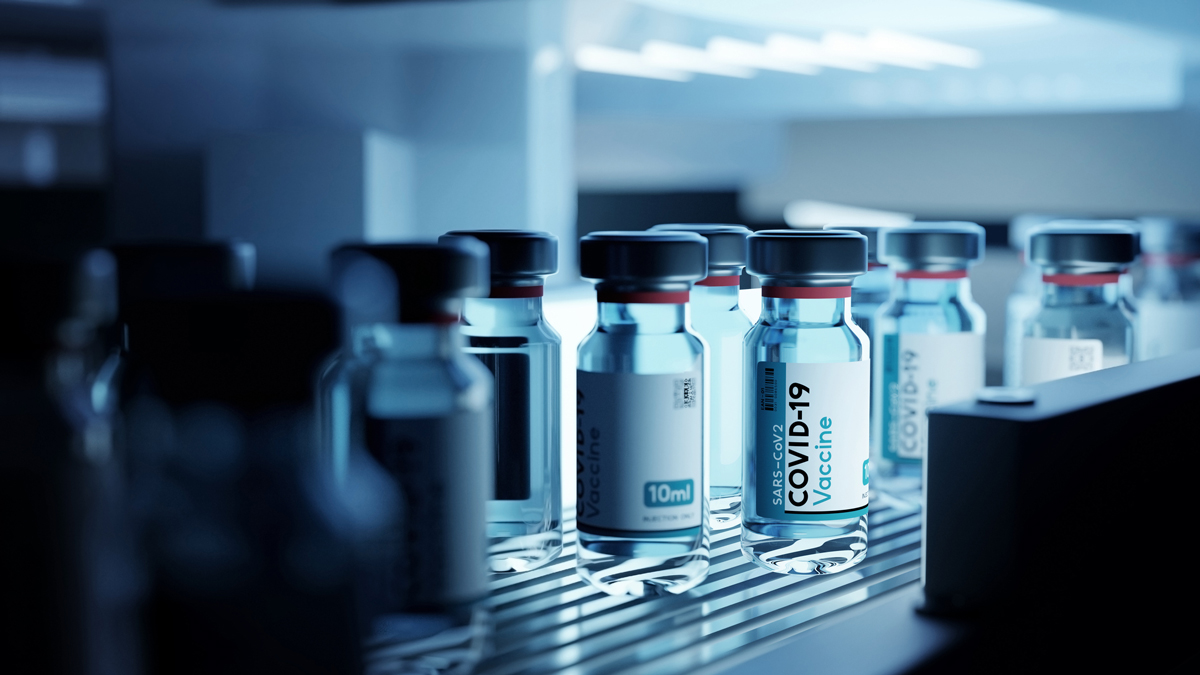The critical bioanalytical strategies unlocking the potential of LNP-mRNA

Lipid nanoparticle (LNP) mRNA vaccines emerged during the COVID-19 pandemic to form an almost miraculous protection against a virus, which killed millions around the world. Aided by expedited development pathways, vaccines were approved for use in record time.
The LNP-mRNA modality is a novel approach that uses lipid nanoparticles to deliver messenger RNA into cells. The mRNA acts as a genetic instruction book, telling cells to produce therapeutic or protective proteins, eliminating the need to administer proteins directly.
Although this branch of medicine is still young, it has already shown enormous potential, and many more LNP-mRNA therapeutics are on the horizon. However, this modality creates unique bioanalysis requirements and challenges.
The LNP-mRNA timeline
Regulators approved the first LNP-mRNA vaccine in 2020, but there were many significant milestones leading up to that achievement. Scientists first discovered mRNA in 1961, but the concept of an mRNA drug was not conceived until 1989, when researchers successfully transfected and expressed a cationic liposome-mediated mRNA system in eukaryotic cells. The first successful attempt at mRNA in vivo expression occurred the following year.
Over the next few years, cellular and humoural immunity were found to be inducible by liposome-mRNA, but excessive immune responses became a significant hurdle. This was circumvented in 2005 when a breakthrough discovered that replacing naturally occurring uridine with derivatives such as pseudouridine allowed mRNA to escape or mitigate innate immunity. Follow-up studies confirmed that this nucleoside modification improved mRNA translation capabilities and stability.
In the last decade, a series of studies highlighted the powerful potential of combining mRNA modification with lipid nanoparticle technologies, which led to the first approval of an LNP-mRNA vaccine.
Structural components of LNP
The mRNA molecule is too large to pass through a cell membrane by free diffusion and carries multiple negative charges, increasing the difficulty of their delivery. The LNP nanoparticle is one of the most advanced mRNA delivery systems. Although formulations vary, LNP has four main components.
Ionisable lipids stabilise the negative charge of mRNA molecules and improve endosomal escape and transfection efficiency. PEGylated lipids enhance LNP stability and increase nanoparticle half-life by reducing nonspecific interaction with macrophages. Cholesterol also enhances the stability of LNP by filling the gaps between lipids and assists lipid fusion with the endosomal membrane during cell uptake. The final component, helper lipids, provides structural integrity and improves encapsulation efficiency.
Bioanalytical strategies for assessing the safety and efficacy of these components are complex, but achievable with rigorous and reliable testing.
Clinical and non-clinical bioanalytical strategies
The bioanalytical strategy for vaccines differs from that of biotherapeutics. For LNP-mRNA vaccines, immunogenicity, biodistribution, and toxicology studies are conducted in animals and non-human primates during the non-clinical phase.
Pharmacokinetic (PK) studies are sometimes not needed in the non-clinical phase as they are with therapeutic products; the focus is on eliciting immune responses, rather than achieving a steady-state concentration in the bloodstream. However, distribution studies are essential if the LNP formulation is new or contains novel excipients. Quantitative testing is required to determine the tissue distribution and PK characteristics.
For a therapeutic product, PK and Pharmacodynamic (PD) characteristics influence dosing, benefits, and the adverse effects of a drug. Immunogenicity testing focuses on detecting small amounts of antidrug antibodies, so assay sensitivity needs to be carefully determined.
In contrast, PK analysis is generally not required for vaccines in clinical studies, as dose and metabolism do not directly correlate with protective immunity. Instead, the efficacy, especially in the early phase of clinical trials, is evaluated using immunogenicity assays. Assays to detect immune responses to vaccines focus on the reproducible quantitation of antibody responses to the vaccine.
Many different types of assays are used to assess vaccine efficacy during clinical development of vaccines, and they are broadly classified into three categories:
Humoral immunogenicity (LBA-based): quantify the production of binding antibodies to antigens and the relevant neutralising activities of those antibodies.
Cellular immunogenicity (cell-based): the assessment of T-cell and B-cell responses to specific antigens plays a supporting role in evaluating the effectiveness of vaccines.
Molecular assay (PCR-based): This assay assesses a vaccine's long-term efficacy and safety and is pivotal in its licensure.
Analytical platforms and methodologies
LNP-mRNA products require a mix of conventional and new platforms for bioanalysis.
Pharmacokinetics
PK analysis is mainly used for therapeutic products, but plays an important role in ascertaining the distribution of LNP and mRNA components in the body. Liquid chromatography-mass spectrometry (LC-MS) is the best platform for PK analysis of LNPs and is well established.
For PK analysis of mRNAs, the hybridisation-based Branched DNA assay, also known as the BDNA assay, relies on signal amplification technology to detect nucleic acid molecules. Alternatively, the traditional RT-qPCR method can be used to quantify mRNA via reverse transcription and PCR amplification.
Humoral immunogenicity
The Enzyme-Linked Immunosorbent Assay (ELISA) is often considered the gold standard for detecting immunoglobulin G (IgG) specific immune responses. However, antibody measurements in this type of assay tend to be low throughput, labour-intensive, and are limited to a single analyte. Multiple assays and large volumes of patient serum are required for multivalent vaccines, so it is better to use a multiplexing approach; for example, a Luminex instrument to detect and quantify total antibodies against vaccines with multivalency in a single experiment.
The pseudovirus assay is another humoral immunogenicity method that tests neutralising antibodies. Neutralisation assays measure the antibodies that exhibit in vitro neutralising activities using a pseudovirus and reporter signals.
Cellular immunity
The Enzyme-Linked ImmunoSpot (ELISpot) platform assesses cytokine production and is the most commonly used immune assay to evaluate clinical trials of vaccines. In this assay, a 96-well plate is coated with antibodies that capture specific cytokines. T-cells are added to the plate, along with antigen to stimulate the cells. When the T-cells are activated, they release cytokines, which are captured by the antibodies in the well around each cell. The cells are then removed, and detecting antibodies are added to bind captured cytokines. This produces spots through enzymatic reactions or fluorescence. Each spot represents a T-cell that responded to the antigen, allowing researchers to count and assess the number of antigen-specific T-cells.
Intracellular cytokine staining is another technique based on flow cytometry for visualising cell-mediated immunity. Stimulation of T-cells with antigens induces cellular activation and the production of cytokines, which reviews immune responses after vaccine administration.
Molecular assay
The final analytical method for vaccines is the molecular assay. PCR-based tests are widely used for clinical trials that require accurate and precise detection of target analytes or pathogens.
Two critical parameters need to be considered when developing PCR assays. High specificity is required to avoid false positives in efficacy-based studies, and high sensitivity is preferred for clinical diagnostic studies.
The SpikeVax case study
Moderna’s SpikeVax vaccine is based on LNP-encapsulated nucleoside-modified mRNA encoding the full-length SARS-Cov-2 spike protein.
During the non-clinical phase, the vaccine's immunogenicity and protective capabilities were evaluated in mice, hamsters, and non-human primates. In these studies, the vaccine showed robust humoral immune responses following intramuscular administration, evidenced by anti-spike IgG responses in ELISAs and the detection of neutralising antibodies in pseudovirus assays.
Cell-mediated immunity was assessed by measuring cytokine production with intracellular cytokine staining by flow cytometry. Vaccination of mice drove a T-cell response to the stimulatory spike protein peptide pools. Tissue distributions were determined in rodent models by a BDNA assay, and mRNA was found in the heart, liver, lung, testes, and brain tissues, but not in the kidneys.
In phase 1 of clinical trials, ELISA was used to measure the vaccine-induced binding of IgG antibodies to the SARS-CoV-2 spike protein. Both pseudovirus and wild-type viruses were used to assess vaccine-induced neutralising activity. Intracellular cytokine staining assays were used to evaluate CD4 and CD8 T-cell responses elicited by the mRNA vaccine in clinical samples.
In phase 2, binding and neutralising antibody responses were further assessed in a larger enrolled population. This showed that the human response to the second vaccination after day 29 was significantly higher. In phase 3, molecular assays were used to evaluate the protection efficacy of the vaccine in a large population.
A final word
The first LNP-mRNA product was approved only four years ago, so we are still in the early stages of unlocking this drug modality's full potential. So far, every product brought to market has been a vaccine, but that will almost certainly change in the future. LNP-mRNA has proven to be an effective delivery system, so its application will likely extend to other promising areas, such as CRISPR-Cas and CAR-T.
Although the bioanalytical strategies for vaccines and therapeutic products differ, both require a combination of conventional and new platforms to ensure their safety, stability, and efficacy. These practices will be integral to bringing the treatments and vaccines of the future to the market.












